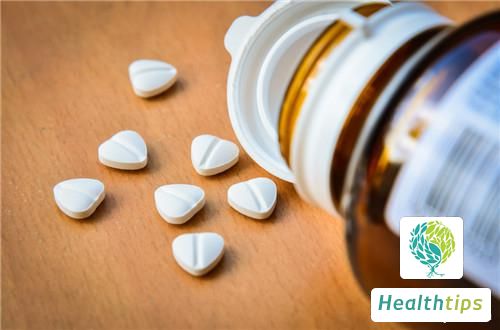What Are the Symptoms of Poor Breast Health?
The health of breasts is crucial for women. Due to changes in hormone levels at each stage of life, breasts may undergo various changes. However, breasts are not visible to us, so it is important to identify any discomforts that may indicate breast health issues. This allows for early medical attention and the elimination of potential pathologies, maintaining a better overall state. So, what are the symptoms of breast problems? Typically, they include pain, lumps, and discharge.

1. Breast Lumps: Lumps can occur in one or both breasts, singly or in multiples. They are most commonly found in the outer upper quadrant of the breasts, but can also be seen in other areas. The shape of the lumps can vary, including patchy, nodular, cord-like, and granular. Patchy lumps are the most common. The boundaries of the lumps are often unclear, with medium to slightly firm consistency. They are not adhered to the surrounding tissues and are painful to touch. The size of the lumps can vary, and they often change with the menstrual cycle, becoming larger and harder before menstruation and smaller and softer afterwards.
2. Nipple Discharge: Transparent fluid discharge is commonly seen in menopausal or postmenopausal women, as well as in those with breast hyperplasia. The discharge can also be milky, yellowish-green, thick, and pustular, indicating chronic inflammation associated with dilated mammary ducts. Bloody discharge is more often associated with ductal papilloma or papillary carcinoma.
3. Breast Pain: This is often described as a dull or stabbing sensation, affecting one or both breasts, with a tendency to be more severe on one side. The pain can be severe enough to be untouchable, affecting daily life and work. The pain is primarily centered around the breast lumps and may radiate to the armpit, chest, or back of the shoulder, manifesting as nipple pain or itchiness. Breast pain often appears or worsens a few days before menstruation and significantly improves or disappears after menstruation. The pain can fluctuate with emotional changes and is a major clinical feature of breast hyperplasia.
In daily life, dietary habits are crucial for breast health. It is recommended to consume a balanced diet with a focus on light and nutritious foods such as cabbage, beans, seaweed, fish, and yogurt. Spicy foods, alcohol, and coffee should be avoided. Regular exercise, such as yoga, walking, and square dancing, can help relieve stress. It is also important to maintain a cheerful mood every day and not be influenced by any illness. Regularly educating oneself on medical knowledge can help prevent diseases.



















